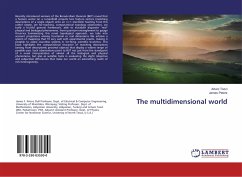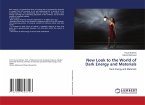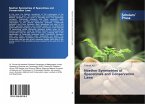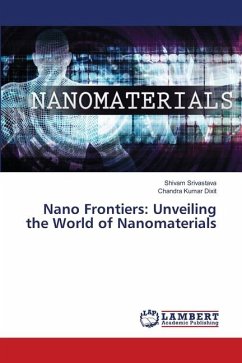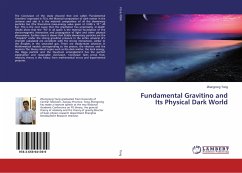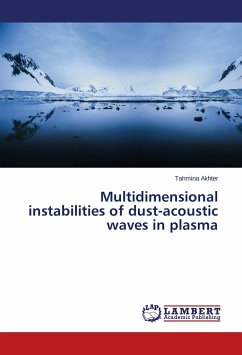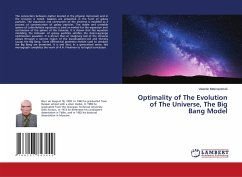Recently introduced versions of the Borsuk-Ulam theorem (BUT) reveal that a feature vector on a n-manifold projects two feature vectors (matching descriptions of a single object) onto an n+1 manifold. Starting from this rather simple, yet far-reaching, computational topology observation, we build a fruitful general framework, able to elucidate disparate "real" physical and biological phenomena, from quantum entanglement to gauge theories. Summarizing this novel topological approach, we take into account projections among functional or real dimensions. We achieve a system of mappings that fit very well with experimental results, making it possible to assess countless systems in far-flung scientific branches. This book highlights the computational character of matching descriptions (arising from descriptively proximal objects) that display a widest range of possible uses. Such observations point to BUT not just from the standpoint of a novel interpretation of almost all the biological and physical phenomena, but also as suitable tools in evaluating the slight (objective and subjective) differences that make our world an astonishing realm of rich heterogeneity.
Bitte wählen Sie Ihr Anliegen aus.
Rechnungen
Retourenschein anfordern
Bestellstatus
Storno

